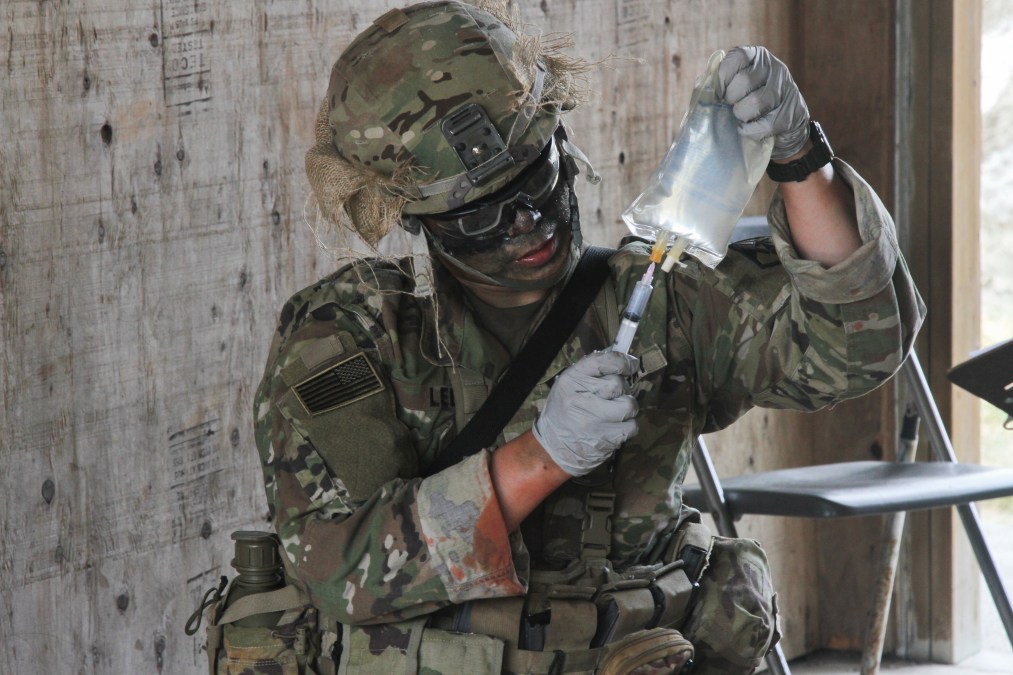Joint Base San Antonio to focus on 5G for telemedicine

The Department of Defense is expanding its 5G technology experimentation to focus on medical capabilities, recent contracting documents show.
Joint Base San Antonio was selected last year as the Department of Defense’s test site for medical advancements powered by 5G. The National Spectrum Consortium recently released a statement of work shedding light on the new capabilities the DOD hopes to achieve like real-time virtual medical support, enabling remote forces to connect medical devices and ensuring the security of new 5G networks carrying medical data.
“There is a lot of opportunity to drive efficiency,” Randy Clark, vice chair of the National Spectrum Consortium, told FedScoop. The DOD awarded the National Spectrum Consortium a $2.5 billion contract in December to facilitate the military’s 5G pilots with the consortium’s member companies.
The tests are a part of an overall strategy from the DOD to offer its military sites as real-world places to test the new tech that could help modernize both commercial 5G development and DOD operations. The government has invested hundreds of millions of dollars in the program as 5G has become a technology critical in the competition against China.
“5G is going to play a critical role in the third offset,” a military term for the third generation of advanced technologies that will provide military dominance to whichever country fields them first, Clark said. “This is a part of a much larger initiative.”
Other military bases around the country have similar arrangements with private companies offering new tech in looser regulatory environments. But most of those focus on logistics and general connectivity.
5G could benefit medical providers by connecting hospitals in real-time with high-speed, ultra-wideband networks. Surgeons could get advice, even robotic assistance, from medical experts anywhere in the world with 5G, a capability currently limited by existing network capacity.
For the military, that could mean everything from more connected battlefield medicine and augmented reality training to digital twins of medical devices, Clark said.
“All of that wouldn’t necessarily take place without the investment,” Clark said of the hundreds of millions of dollars DOD is putting into its 5G testbeds.
Some of the specific enabling tech that the military wants to pilot in San Antonio includes artificial intelligence that can precisely modulate between radio wave frequencies, cybersecurity frameworks and alternative energy sources to keep powering the networks through blackouts. The testbeds are also generating new datasets for machine learning to extract information on when to set up networks.
“That is going to be disruptive in its own right,” Clark said of the power of combining AI with 5G.
Cybersecurity is a critical area of 5G research, Clark added. The new networks will require new practices to secure sensitive communications, especially if the military’s medical information is being transmitted. He stressed the importance zero-trust will play in securing 5G.






